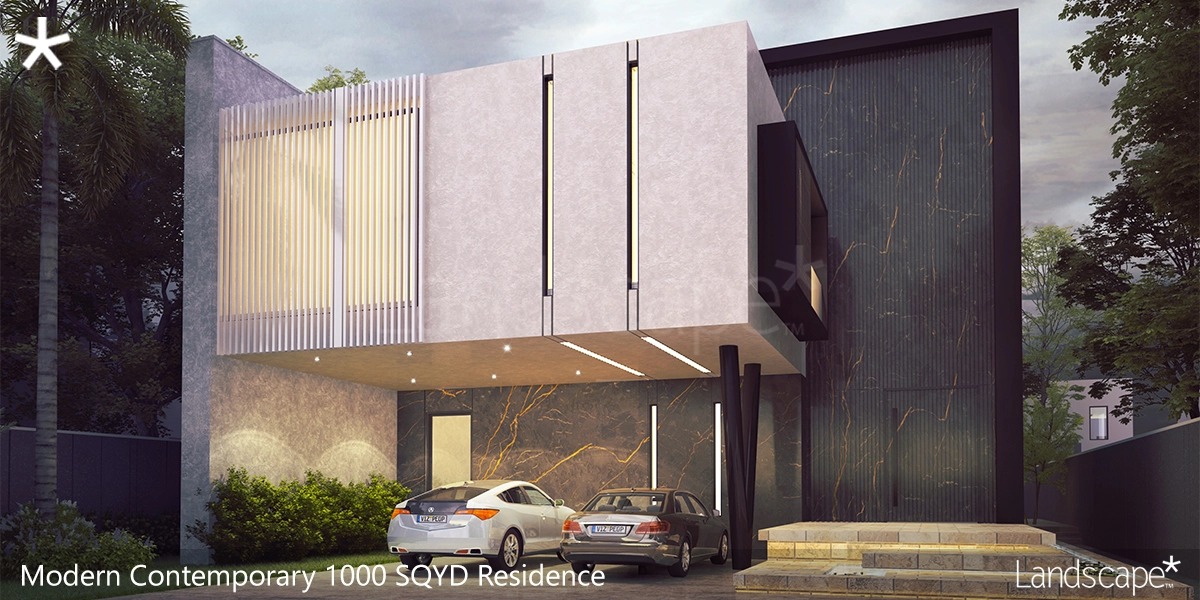Karachi, Pakistan’s largest city, is a vibrant metropolis where history and modernity intersect in a captivating display of architectural diversity. The city's skyline is a testament to its rich cultural heritage and its evolution into a bustling urban center. From the grand colonial-era structures to the sleek, contemporary high-rises, the architecture in Karachi offers a unique narrative that reflects the city’s complex history and its aspirations for the future.
Colonial Influences: A Legacy of Grandeur
Karachi's architectural journey began during the British colonial period, which left an indelible mark on the city’s built environment. The British brought with them architectural styles that were a blend of European design and local influences, resulting in buildings that were not only functional but also aesthetically striking.
Frere Hall, constructed in 1865, is a prime example of this architectural legacy. Designed in the Gothic Revival style, Frere Hall features pointed arches, steep roofs, and intricate stone carvings. The building served as a town hall and is now a cultural and literary center, preserving its historical significance while continuing to serve the community. Its architecture is a reminder of Karachi's colonial past, standing as a symbol of the city’s historical journey.
Another iconic colonial-era building is the Mohatta Palace, built in 1927 by a wealthy businessman, Shivratan Chandraratan Mohatta. This palatial structure is an exquisite example of Indo-Saracenic architecture, a style that combines Islamic, Hindu, and European elements. With its grand domes, arches, and intricate stonework, Mohatta Palace reflects the cultural amalgamation that characterized the era. Today, the palace houses a museum, allowing visitors to explore both its architectural beauty and the rich history it embodies.
Post-Independence Modernism: A New Vision
After Pakistan gained independence in 1947, Karachi experienced rapid urban growth. This period saw a shift in architectural styles as the city embraced modernism, reflecting the new nation’s aspirations for progress and development. The emphasis was on functionality, simplicity, and the use of modern materials like concrete and glass.
The Habib Bank Plaza, completed in 1968, was once the tallest building in South Asia. This towering structure, with its clean lines and minimalistic design, epitomizes the modernist approach that dominated Karachi’s post-independence architecture. The building became a symbol of Karachi’s emergence as a financial hub and its commitment to modernization.
Another significant post-independence structure is the State Bank of Pakistan building. Designed by Italian architect Gio Ponti in the 1960s, this building is a blend of modernist principles and local materials. The use of marble and sandstone not only adds to the building’s aesthetic appeal but also ties it to the region’s architectural traditions. The design of the State Bank of Pakistan building reflects a balance between modernity and cultural identity, a theme that continues to influence Karachi’s architecture.
Contemporary Architecture: Shaping the Future
In recent years, Karachi’s skyline has been transformed by a wave of contemporary architecture. This new phase of architectural development is characterized by innovative designs, high-rise buildings, and the use of cutting-edge materials and technology. The city's growth and its role as a commercial and financial center have driven the demand for modern office spaces, luxury residences, and shopping complexes.
The Dolmen City project, including the Dolmen Towers, is a prime example of contemporary architecture. These sleek skyscrapers with their glass facades and modern amenities symbolize Karachi’s aspirations as a global city. The project reflects the city’s shift towards a more cosmopolitan identity, while still respecting the cultural context in which it exists.
Another striking example of contemporary architecture is the Bahria Icon Tower, the tallest building in Pakistan. This towering structure is not just a feat of engineering but also a representation of Karachi’s future. The tower’s futuristic design and state-of-the-art facilities position Karachi on the global map as a city that is ready to compete with the world’s major urban centers.
Balancing Heritage and Modernity
The architecture in Karachi is a reflection of the city’s ongoing evolution. It is a landscape where historic buildings coexist with modern skyscrapers, each telling a different part of Karachi’s story. As the city continues to grow, the challenge will be to preserve its rich architectural heritage while embracing the demands of modern urban development.
Efforts to conserve historical sites, such as the restoration of colonial-era buildings in Saddar and the preservation of the Karachi Parsi Institute, are crucial to maintaining the city’s cultural identity. At the same time, the push towards contemporary architecture is essential for Karachi’s growth and its role on the global stage. The city’s architectural landscape is a delicate balance between honoring the past and looking towards the future, making Karachi a truly unique and dynamic metropolis.





Comments